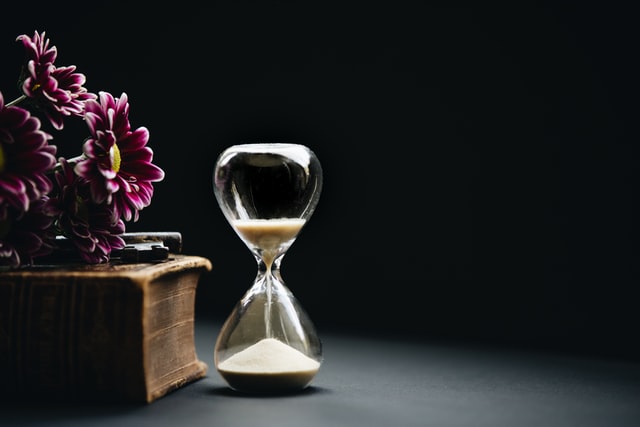D
Developing and keeping high energy levels is a key skill in productivity . . . not to mention in having a fun and enjoyable life. At the same time, chronic sleep deprivation plagues office workers, with high fatigue reported by many occupations. While you should always try to get your lifestyle baselines down first before supplements, another good way to maximize energy is by timing your nootropics around your natural rhythm of efficiency. I’ve got a few general energy timing tips to do that, and then I’ll dig into when to use specific nootropics for managing your energy.

Time is always flowing. Learn when your energy and productivity peak then use nootropics to enhance them further
Figuring Out Your Work Rhythm
People vary widely in the times of day where they hit their stride. I’m most focused either around roughly 9:00 am to noon or from 9:00 pm to midnight. Others do better in the afternoons. Some have a more consistent work curve in the middle of the day. There are even the extreme night owls who always code after midnight. This is largely genetic and, while you can influence it, do yourself a favor and figure out which time ranges give you your best work sessions naturally. You can manipulate this by using intermittent fasting to skip and compress your meals so that they don’t impact your optimal work range.
I try to time my creative/challenging/generally interesting work like coding and writing prose for those peak times, while deferring more overhead and generally boring tasks like server setup, IT administration, and writing technical documentation for my off-periods. I put meetings into that latter category, and do my best to get all of them scheduled in my 1:00 to 4:00 PM iffy afternoon development time. Which is not easy, as managers have their own meeting priorities, but it’s worth it, since few interruptions stop a strong morning’s work like a 10:30 AM all-hands meeting.
Once you’ve done what you can about your natural work cycles and managing meetings, nootropics fill the gap. If you have an intense software project planned first thing in the morning, take your enhancer of choice then. Conversely, for a dull morning where you’re stuck doing grunt work, go without (or with just a light caffeine dose if you overuse it like I do ![]() ) and save the boost for later in the day.
) and save the boost for later in the day.
The Timing of Individual Nootropics
The exact timing of each nootropic depends on several factors. Half-life, for one, as the longer it lasts, the more it can mess up sleep. Here’s how to time some of my favorites:
- Caffeine’s “official” half-life is 5 hours, but there’s a huge range of individual differences, going all the way to 1.5 hours on the low-end and 9.5 on the high-end.[1]Research, Institute of Medicine (US) Committee on Military Nutrition. Pharmacology of Caffeine. Caffeine for the Sustainment of Mental Task Performance: Formulations for Military Operations. National … Continue reading This wide range is due to a mix of genetic and environment factors like medicine, obesity etc. Assuming you’re in the middle of the curve, a morning and afternoon dose is a safe bet to time your energy to be productive in the AM and not fall asleep after lunch. If you’re more the night owl type, push that back 3-4 hours. On the other hand, if you feel caffeine linger all day, you’re probably on the longer end of the half-life range and should stick to just one dose right in the morning. Caffeine insomnia is, unfortunately, a factor, so earlier doses will serve you well.
- L-Theanine: I’ve never found this to be a great productivity tool on its own; rather, it’s there to combo with other nootropics. Time it with whatever it has the best synergy in your stack. That’s not to discount it in general, of course: I use it regularly for sleep, and it has intermittent value as a way to calm myself during a stressful task or before a major presentation. One of L-Theanine’s cool traits is that it’s not a direct tolerance builder on its own: I couldn’t find anything in the clinical record showing dependency problems, though note I never saw doses higher than 600 mg so it’s possible extreme amounts would have some effect. Now, there’s always the issue of psychological dependence, and I wouldn’t use it daily for work (though you can mitigate this with taking baseline days. Personally, I use it daily or near-daily for sleep and still see benefits in my work stacks, while never exceeding 600 mg in a single day.
- Modafinil (Moda): this is one I need to dose early in the day–preferably as soon as I wake up–if I want to avoid sleep issues. This is not surprising given its long half-life of roughly 13 hours[2]Darwish, Mona, Mary Kirby, Edward T. Hellriegel, and Philmore Robertson. “Armodafinil and Modafinil Have Substantially Different Pharmacokinetic Profiles despite Having the Same Terminal … Continue reading. The upside, though, is you shouldn’t need to redose it . . . unless you build tolerance, which is absolutely possible on moda. That’s part of why moda is one of the most important nootropics to cycle; I advise no more than 3 to maybe 4 times a week
- Phenylethylamine (PEA): timing this one depends heavily on if you’re using an MAO inhibitor or not. Without one, PEA gives you 45 minutes to maybe an hour of a boost. That’s still helpful, and I’ve used it for getting my day started, then letting momentum carry me on forward once it wears off. With an MAO-I like hordenine, you bump that period up to several hours, which makes it more practical for an all-day session. I use it a max of 3x in one day, and keep it to once or twice a week, as this is another that builds tolerance quickly.
Managing your energy via timing nootropics is crucial to getting the most out of them. There’s little point in using a short-acting one right before you do 2 hours of drudgery, nor should you be popping something with a long half-life mere hours before you go to bed. Do what you can to optimize your work routine, then plan nootropic use accordingly.
References
| ↑1 | Research, Institute of Medicine (US) Committee on Military Nutrition. Pharmacology of Caffeine. Caffeine for the Sustainment of Mental Task Performance: Formulations for Military Operations. National Academies Press (US), 2001. https://www.ncbi.nlm.nih.gov/books/NBK223808/ |
|---|---|
| ↑2 | Darwish, Mona, Mary Kirby, Edward T. Hellriegel, and Philmore Robertson. “Armodafinil and Modafinil Have Substantially Different Pharmacokinetic Profiles despite Having the Same Terminal Half-Lives: Analysis of Data from Three Randomized, Single-Dose, Pharmacokinetic Studies.” Clinical Drug Investigation 29, no. 9 (2009): 613–23. https://doi.org/10.2165/11315280-000000000-00000 |

